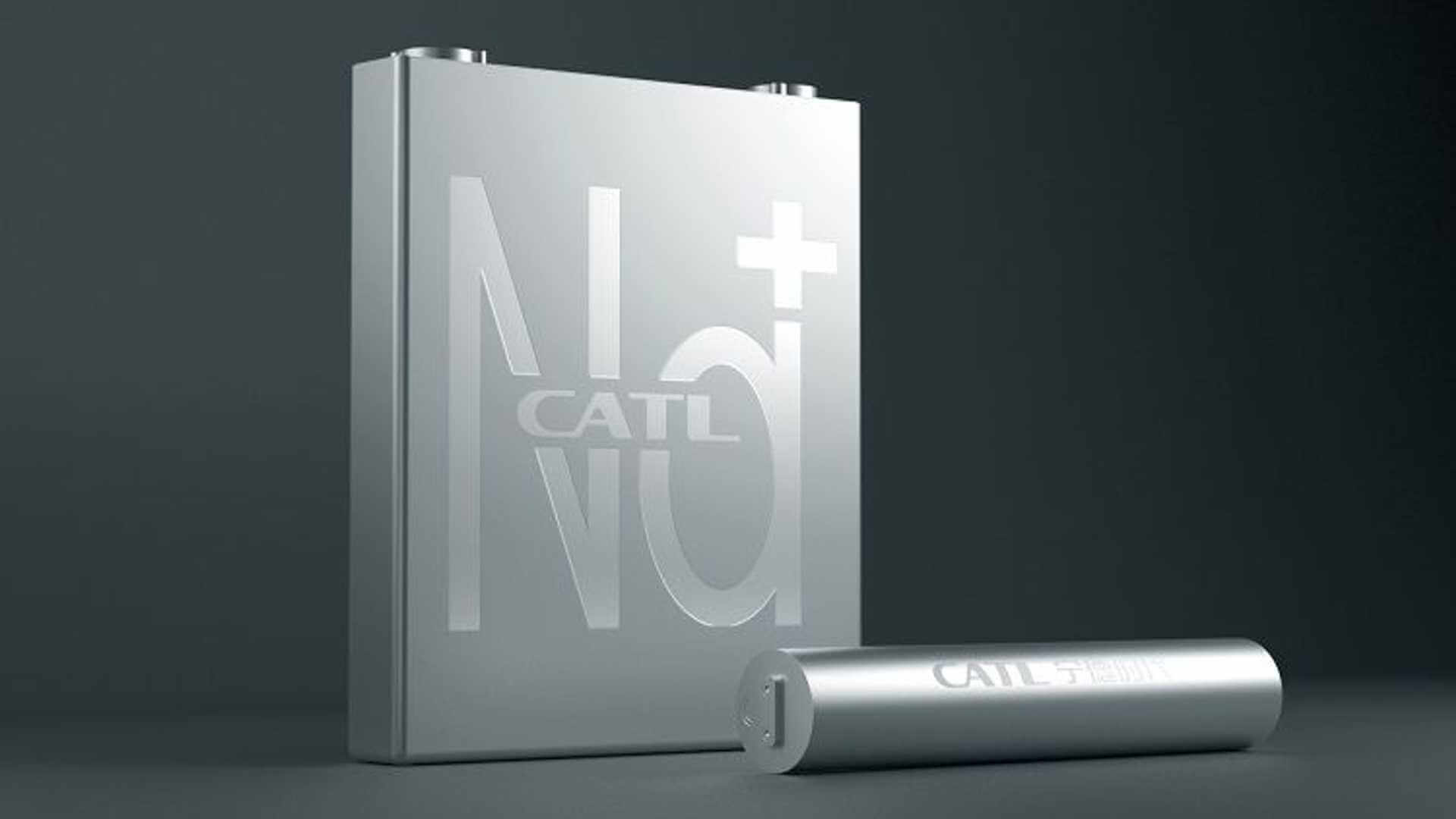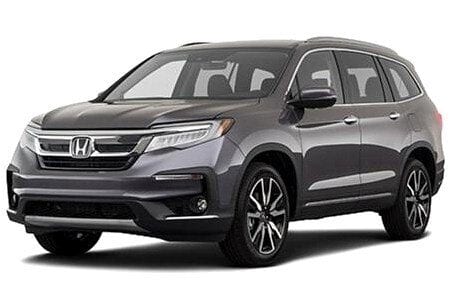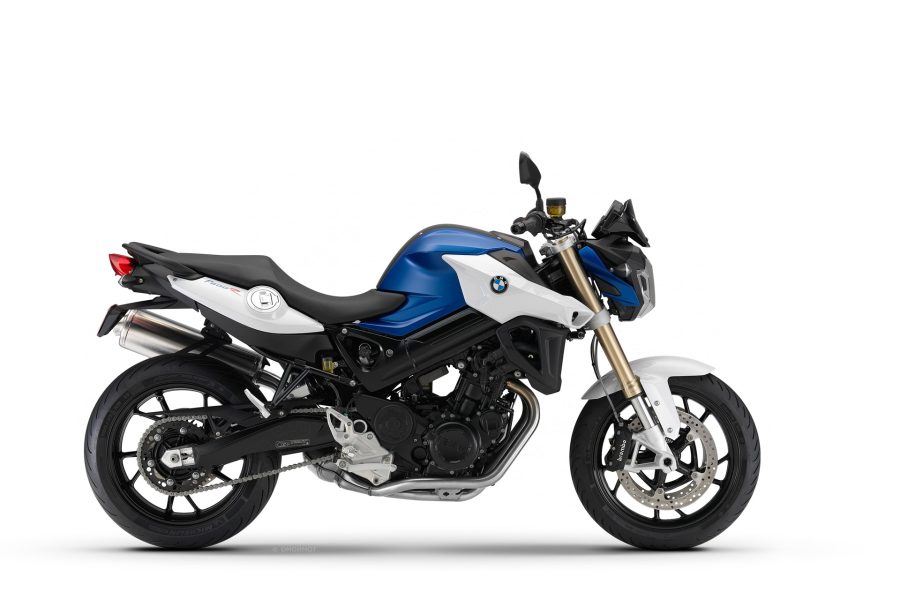
CATL is amazing. He introduced Na-ion (sodium-ion) cells and a battery based on them
China's CATL boasts the first generation of sodium-ion cells and a prototype battery powered by them. Various research centers have been presenting preliminary versions of the cells for several years, and CATL wants to launch a supply chain for their production by 2023. Therefore, he intends to prepare them for mass production and bring them to the market.
Lithium-ion and Na-ion elements (Na+) in the CATL version
Sodium-ion cells - obviously - instead of lithium, they use another member of the alkaline group, sodium (Na). Sodium is one of the most abundant elements in the earth's crust, it is also found in seawater and is much easier to obtain than lithium. Consequently, Na-ion cells are cheaper to manufacture.at least when it comes to raw materials.
But sodium also has its drawbacks. According to the CATL post, specific energy of sodium-ion elements up to 0,16 kWh / kg therefore, it is almost half that of the best lithium-ion cells. In addition, the use of sodium means that "more stringent requirements" must be applied to the structure and behavior of the cells. This is due to the size of the sodium ions, which are 1/3 larger than the lithium ions and therefore push the anode further apart - to prevent damage to the anode, CATL developed a porous "hard carbon" anode.
New generation of CATL Na-ion cells an energy density of 0,2 kWh / kg or more is expected to be achieved, they will begin to step on the heels of lithium iron phosphate (LiFePO4). Already sodium ion cells they charge up to 80 percent in 15 minuteswhich is an excellent result - the best commercially available lithium-ion cells are at the level of 18 minutes, and in laboratories it was possible to reduce this value.

The technology for the production of Na-ion cells must be compatible with the technology known for lithium-ion cells.Thus, production lines can be converted from sodium to lithium, CATL notes. New elements should also have better performance at low and varying temperatures, at -20 degrees Celsius they must maintain 90 percent (!) of their original capacityMeanwhile, LFP batteries under these conditions only have 30 percent of their capacity when tested at room temperature.
CATL has presented a battery based on Na-ion cells and does not exclude that it will bring hybrid solutions to the market in the future. The combination of Li-ion and Na-ion cells in one package will allow you to take advantage of both solutions depending on the prevailing conditions.
Editor's note www.elektrowoz.pl: The first prototype of Na-ion cells sealed in commercial 18650 packages was shown by the French Atomic Energy and Alternative Energy Committee CEA in 2015 (source). They had an energy density of 0,09 kWh / kg.
This may interest you:

